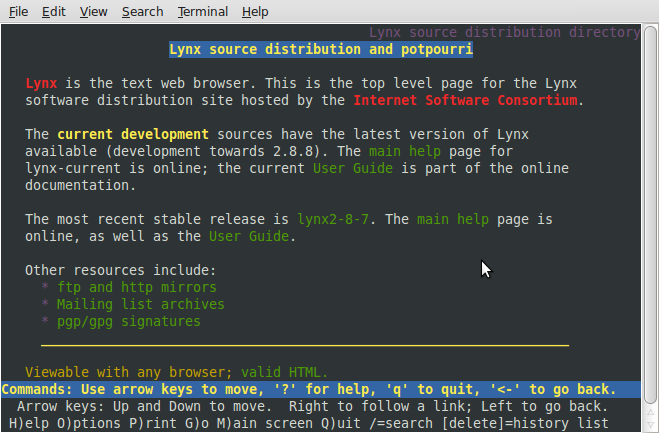20 years of the Web


No one saw the revolution at first. The Web, which was running on NeXTStations--Steve Job designed Unix workstations that would prove to be the forefathers of today's Macs--was something that only a few people even in elite techie Internet circles knew about. In its earliest days, only a few people could access it. Indeed, it wasn't until early 1993 that the public learned about the Web from a writer named Steven J. Vaughan-Nichols. Looking back, I see I also didn't quite get it.
While I was the first writer to describe to the Web to a mass audience, I focused on WAIS. WAIS was the one of the first of what we now call public search engines. While there had been many other search engines before it-starting with NASA RECON, Dialog, and OCLC--these weren't publicly available and confined themselves to a relatively narrow data set. WAIS was the first to try to make all Internet resources searchable.
What I had ended up doing was foreseeing Google, rather than the Web itself, as being the most important development. Now that I think about it, maybe I had something there! Then, I looked at the Web. This is what I had to say about it:
World-Wide Web (WEB) is still a development project, but it is publicly accessible and it provides Internet information hunters with greater power. WEB brings hypertext to the Internet. What is hypertext, you ask? It's a way to look at documents that, while not unique to computers, makes full use of a computer's ability to interconnect data. In a hypertext document, certain words are links to other documents or files. For instance, in a biography of Grace Hooper, you could jump from a description of her inventing COBOL to a manual on the language, and from a reference in it to Unix to an article by yours truly on our favorite operating system.
WEB takes the hypertext idea and applies it to information available on the Internet. The result is potentially the most powerful automated information-gathering tool in existence.
Alas, for now, WEB remains mostly potential. The WEB server is only available by telneting to info.cern.ch or nxo01.cern.ch. Its full hypertext informational resources are limited at this time, but they are growing. WEB is the informational wave of the future.
Like Gopher and WAIS, WEB boasts several easy-to-use interfaces. Of course, the read-only version of WEB really only has two commands, so it's not hard to make it easy to use. These are: Start a search and follow a link. That's it. WEB takes care of the rest. This leads to a quite different way of looking at information. For example, you can use WEB to wander about WAIS libraries and leap from term to term, regardless of a document's format or location.
Unfortunately, since much of the data that WEB deals with isn't in hypertext format, WEB usually comes across as a slower version of WAIS with a more consistent interface. This is true now, but as more true hypertext documents become available, WEB's uniquely strong searching capacities will stand out more and more.
I was certainly right about its potential. Those hypertext documents are, of course, what we now know as Web pages.
By itself though the Web wasn't enough to kick-start today's Internet. No the other part, which also happened in August of 1991, was the establishment of the Commercial Internet Exchange (CIX) It was CIX that made it possible for commercial, e.g. business traffic to travel over what had been the military/research/academic Internet and introduced the concept of network neutrality.
Put it all together-the Web, which made it easy for people to create and connect documents together, and CIX, which made it possible for private individuals and businesses to get on the Internet, and the stage was set for today's Internet. In 1991, we raised the curtains on the Internet most of you would recognize as the Internet. In 2011, we're still getting our minds around how the Internet has changed not just technology, but how we see and work with everything in the world.
Thank you Mr. Berners-Lee. Thank you.
Related Stories:
Before the Web: the Internet in 1991
ZDNet at 9,600 bits per second (and we liked it)
The World IPv6 Day report card